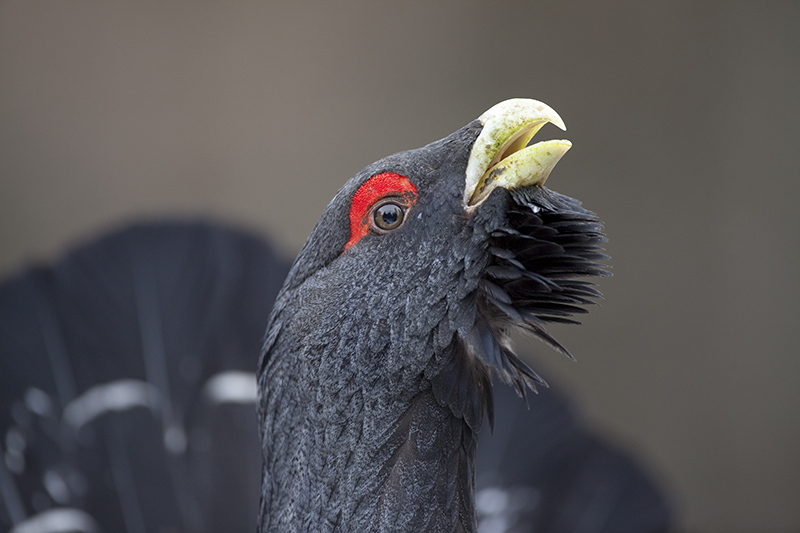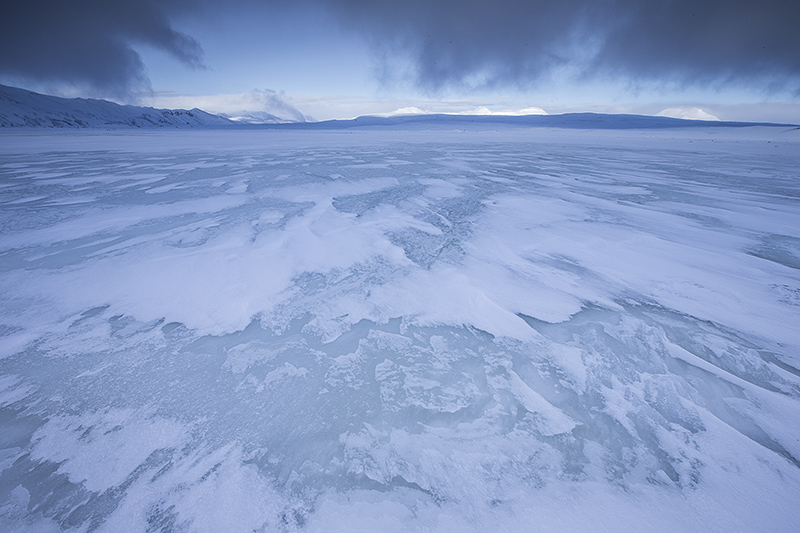August 1998. It was a nervous morning as my old mate Mark Hamblin and I sat in my kitchen drinking coffee, awaiting the arrival of our very first guests on our very first photo tour in our very first year of collaboration. We had no track record, no model on which to base the tour content and no idea how we would be received. It was all very wing-and-a-prayer. By late afternoon the guests had arrived and we nervously struck up conversations about anything that came into our heads. Seven days later with a sigh of relief, it seemed like we’d got away with it.
Tag: photographers
To share or not to share?
I read with great interest Laurie Campbell’s recent piece in Outdoor Photography magazine. In it Laurie describes the familiar dilemma of revealing to other photographers often hard-won sites of what can be, sensitive subjects. And Laurie is right, to share or not to share, is a dilemma.
Winter Iceland
I wonder whether there has ever been a place that has gone through a more meteoric rise to photographic stardom than Iceland? It is the unrivaled Susan Boyle of landscape photography honeypots and I have watched in amazement as a very much 21st century cocktail of media exposure has propelled this cold and unforgiving island into a major tourism destination. Continue reading “Winter Iceland”
The best osprey photography location in Europe?
Around four years ago I stood with the owner of a local estate watching a huge JCB shifting dirt this way and that. It had been a few years before that, when initial discussions took place at Rothiemurchus Estate in the Cairngorms, about creating a dedicated photography pool for fishing ospreys. This against a backdrop of UK photographers travelling to such sites in Scandinavia and paying handsomely for the privilege. And so, the best part of a decade later, after much dirt shifting, a few false starts and not inconsiderable teething problems, the pool is open and the ospreys are fishing it!
Photographing ospreys at Rothiemurchus isn’t cheap – roughly £120 per session – and for those who have previously used the site, you’ll know that shots were by no means guaranteed. The birds could fish over an extensive area and it was hit and miss whether they would dive near enough to the hides to get a decent sized image. Shots are still not guaranteed but with the new pool, you’re in with a much better chance of the plan coming together. Two low-level hides look out over a small lochan and if a bird dives anywhere in view, there’s a shot to be had. The backgrounds are good, the hides are well positioned and what has never been in doubt is the staff’s enthusiasm to help you secure the best shots possible.
I’ve been asked about the merits of osprey photography at Rothiemurchus many times and I’ve got to be honest, I’ve sat on the fence for the most part. Now I’m not on commission (are you listening Julian?) but I do like to see hard work and a pioneering spirit rewarded, so I would now say with some confidence that this is the finest location I know of, even taking into account the well-visited Finnish facility, for photographing fishing ospreys; not just in Britain but in Europe. OK it’s early days but if you’re thinking about travelling to Finland, my humble advice would be to consider this facility first.
You can book directly with Rothiemurchus here but if I can be candid, I’d recommend our very own package which includes full accommodation, food, transport, tuition and an added bonus, exclusive osprey photography at our own private site. You can view the tour here and although this year’s dates are full, here are the provisional dates for 2013:
May 11-15; July 13-17; July 20-24. Drop us a line if you want to be put on the reserve list.
The images in this blog are a mixture between Finland and the ‘old’ Rothiemurchus set up. If all goes to plan with the new pool, there will be a whole new generation of osprey images appearing in the media taking the bar to new heights.
The big caper debate.
For photographers and birders alike there are few species higher on the ‘must-do’ list than capercaillie, the world’s largest grouse and denizen of Scotland’s fragmented pine forests. Sure they are big charismatic birds, but they are also rare and under normal circumstances are unlikely to be seen without a not inconsiderable amount of effort and local knowledge. All of this conspires to make the caper a sought-after subject.
It’s no secret anymore that there is a so-called ‘rogue’ capercaillie in a pine forest near Kingussie – he’s even been on Autumnwatch. Anyone who had a mind to keep his presence a secret (me included) might have got away with it even five years ago, but the speed of information exchange today, ensures that this bird will attract increasing attention for the rest of his life. The big question is whether that attention is detrimental to this particular individual or whether being up close to such an icon of the pinewood, nurtures a greater empathy with the plight of the species as a whole. I don’t know the answer to that question. What I do know is that however regrettable it might be to those who want this bird to themselves, it ain’t going to happen. So should we be thinking about this differently?
There is no doubt that a group of people – photographers, birders or otherwise – surrounding this bird, conjures up the perception of harassment; it looks ugly. But is it detrimental to the caper? I’m no scientist but I’m not sure it is and moreover, does it really matter?
Conservation is a luxury of an affluent society and despite the doom-mongering, we still live in a very affluent society. Shouldn’t we then be exploiting that affluence? How about charging to see the caper? Or at least asking for a donation to a forest conservation charity? Now of course this is a legal, political and cultural minefield but my point is that rather than pretend we can keep such a wildlife spectacle under the hat, perhaps we should be shouting it from the rooftops, inviting in the TV crews and exploiting the opportunity for community engagement, even profit? We’ve all seen RSPB do it successfully with urban peregrines, why not rogue capercaillie?
Ok my cheek is bulging a little from my tongue but it’s the conservatism within conservation that sticks in my craw. The conservation movement cannot on the one hand whip us all into a frenzy about the visual spectacle that is the natural world, and then on the other, deprive us of access to the very best bits – or at least frown upon those who are seen to buck the system. Nobody owns the birds, least of all any single conservation body.
Before my mailbox fills with a deluge of accusations, I’m not advocating recklessness or law-breaking here, I’m not even talking specifically about capercaillie, I’m just suggesting a shift in our mindset to be less precious, less sensitive, less worthy and dare I say, less arrogant about showing people the really sexy stuff that Scotland (or anywhere else) has to offer. If we want their money to put nature back in order, it’s the very least they can expect in return.









